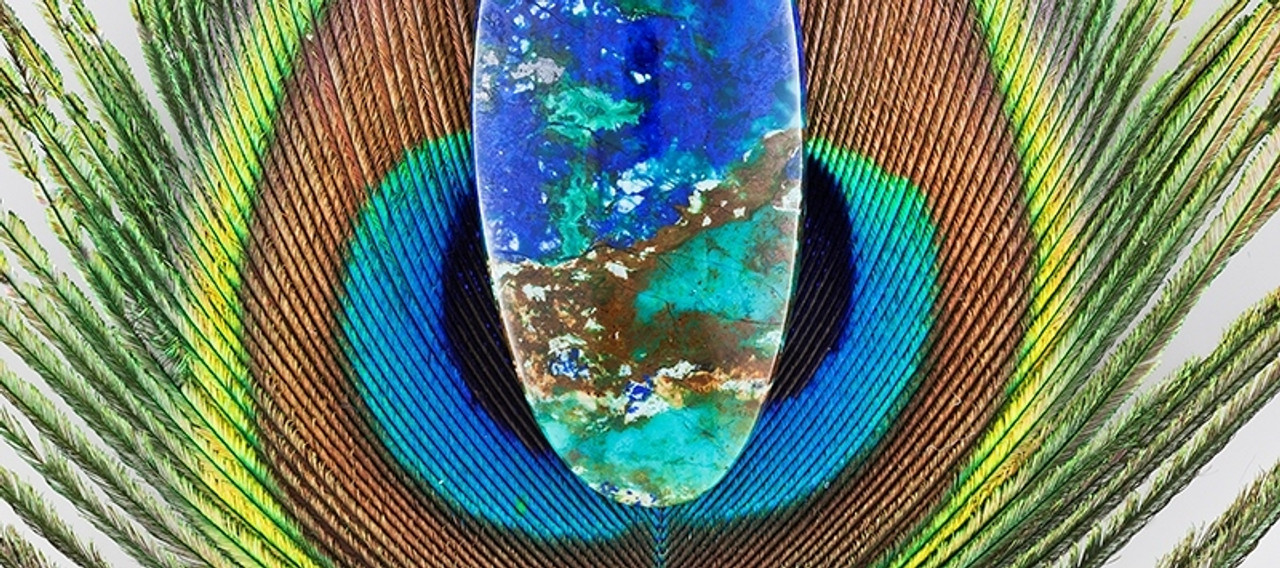Guide to Metals Used in Designer Jewelry Making - Part 4 - Base Metals
Non-precious metals are called Base Metals in jewelry.
Though not considered precious metals, there are lots of other metals currently being used to make beautiful jewelry with. We will explore some of them here:
Aluminum
Aluminum has been used to make jewelry and serving utensils. It was first identified in 1709 and it is the second most common mineral on earth. It is the lightest weight metal, making it perfect for larger items. It can be easily formed and resistant to corrosion. Aluminum can be anodized (or dyed) pretty colors.
Brass
Brass is an alloy of copper and zinc and the color is dependent on the proportions of the two metals. A low zinc alloy is perfect for costume jewelry. Brass is often used as the base metal in gold plating. Brass is affordable and is perfect for casting. It does not corrode, but can tarnish a green color. Many times a clear lacquer is applied to protect the polish.
Bronze
Bronze is the oldest alloy known to man. It is a mixture of copper and tin, allowing two softer materials to become hard. Bronze has a unique brown/gold color. It is string, durable, affordable, and great for detailed or delicate work. Unfortunately bronze will tarnish darker, and some varieties may contain lead.
Copper
Copper is a pure element with a unique orange color. It isn’t great for jewelry in its pure state because it oxidizes and tarnishes. However copper is extremely easy to work with. In fact, Copper was actually the first metal to be worked into jewelry by ancient civilizations. Copper is cheaper than gold or silver, but more expensive than brass or bronze.
Mokume-gane Metal
Mokume-gane is a laminated metal with distinctive layered patterns, made out of non-ferrous (no iron) metal. It is believed to have been first created about 300 years ago in Japan to decorate the hilt of ancient Samurai swords. Mokume-gane fuses several layers of differently colored precious metals together using pressure and heat to form a sandwich of alloys called a billet. The billet is then manipulated in such a way that a pattern emerges. Grinding cuts through the various layers that have been stamped into the metal creating beautiful and intricate patterns.
Nickel Silver, German Silver, Argentan Silver
Known by all of the above names, Nickel Silver has no real silver in it. It is a strong alloy of copper, nickel, and zinc. It is often mistaken for silver, though the color is duller. It is also commonly used for silver plating or silver filled. It was first developed by the Chinese and then in 1823 a German competition was held to develop an alloy that possessed the closest visual similarity to silver. Some people can’t wear it due to a nickel allergy.
Pewter
Pewter was once very popular in Europe and America for use in utensils. Pewter is usually tin mixed with copper. In the old days the lead content was quite high. Pewter is used for jewelry because it is easy to work with and has a low melting pot. This makes it great for intricate detail work. It can have a matte or shiny finish, and sometimes it is darkened to look more antique. Because of its softness it is prone to scratches or dents.
Stainless Steel
Originally discovered in 1913, Stainless Steel was used almost exclusively for cutlery and knives. It is an alloy of nickel, titanium, copper, and other materials that resist tarnishing and holds a sharp edge. It wasn’t until 1950 that jewelers began using stainless steel in jewelry. It is so hard that scratches are actually hard to polish out. It should be avoid by those with nickel or other metal allergies.
Titanium
Titanium is a darker silver color, is extremely durable, resistant to tarnishing and it is much lighter than stainless steel. Titanium is used in its pure form or as an alloy. It is hard to work with and difficult to repair or resize. Titanium is great for earrings, for chains and has become quite popular for men’s wedding rings.
Tungsten
Tungsten is known as one of the toughest things found in nature. It is super dense and almost impossible to melt. Tungsten is mixed with carbide for jewelry and it is very strong and durable. Only a diamond can scratch it. It is very resistant to corrosion. It is often used in men’s wedding rings for men who work with their hands.
Metal Clays
Worth mentioning here is Metal Clays. Metal clay consist of very small particles of metal such as sterling silver, fine silver, gold, steel, bronze, or copper mixed with an organic binder known as methyl cellulose, and water for use in making jewelry. Invented in Japan in 1990, metal clay can be shaped just like modeling clay, by hand or using molds. After drying and depending on the type of metal used, the piece can be fired in a variety of ways such as in a kiln, with a handheld gas torch, or even on a gas stove. The binder burns away, leaving the pure sintered or solid formed metal.
See previous months blogs:
Metal Used in Jewelry Making - Part 3 -Platinum
 US Dollar
US Dollar
 Australian Dollar
Australian Dollar
 Euro
Euro
 Canadian Dollar
Canadian Dollar
 British Pound Sterling
British Pound Sterling

